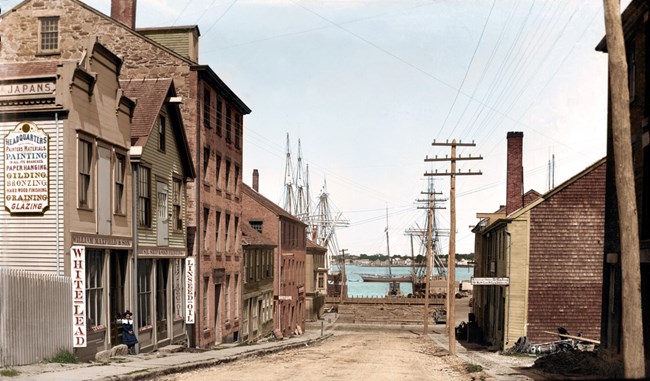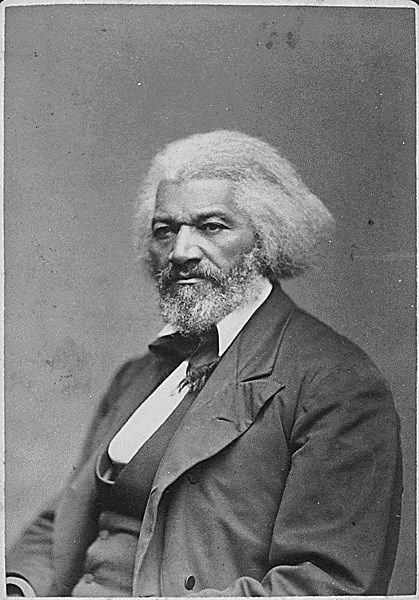Last updated: April 2, 2019
Thing to Do
Discover the Nathan and Mary (Polly) Johnson Properties

Nathan and Mary (Polly) Johnson were free African Americans living in New Bedford, Massachusetts. They owned a block of properties, including their longtime home and the neighboring Old Friends Meetinghouse.
Little is known about the Johnson’s early years as the lives of women and people of color were documented less frequently than those of white men of privilege. However, historical records indicate that Nathan was born in the late 1700s in Philadelphia. He moved to New Bedford by 1819 where he met and married Mary J. Mingo Durfee (called “Polly” by friends and family).

NPS Photo
When they were first married, Nathan and Polly worked for the wealthy Morgan family. Eventually the couple purchased their own property and started several businesses, including a dry-goods store, a confectionary, and a catering business. Polly was a famous cook in New Bedford and she was known for her chocolate-chip cookies. The couple also sold sweets, including candies and flavored ices. They made sure the sugar used in their sweets was harvested by free labor versus slave labor.
Polly played an important role in running their businesses. When Nathan was away on a trip to California, she took initiative and worked with the city government to demolish and expand parts of their property. Her ability to work with city officials exemplified her knowledge of local property law and other nuances of local government. Polly also had a great deal of power in making household decisions, and she played an essential role in ensuring that their businesses continued to be economically viable.

Like many of their African American neighbors, Polly and Nathan were involved in the anti-slavery activities of New Bedford. At the end of 1853, the population of New Bedford was comprised of a higher percentage of African Americans than any other city in the Northeast. New Bedford was attractive to enslaved individuals fleeing bondage in part because of its major industries, the whaling and maritime trades. These occupations have historically been the most welcoming to people of all races. New Bedford also demonstrated a certain tolerance of diversity. The city's people of color were active in local politics and had access to capital. Schools and some neighborhoods were also integrated well before the rest of the country. This black community was composed of vehement abolitionists and abolitionist supporters. As a result, New Bedford’s population of enslaved individuals fleeing bondage ranged at any time from 300 to 700.
Polly and Nathan were both well-read and informed about the political and social conditions of the nation and were willing to help the abolitionist cause in many ways. Nathan Johnson was a steadfast delegate to the annual convention of free people of color from 1832-1835 and was elected the president of the 1847 National Convention of Colored People in Troy, New York. He and Polly also supported the movement by using their home to harbor men and women fleeing bondage.
For example, two New Bedford Quakers brought Frederick Douglass and his family to the Johnson home in September 1838. The Johnson home became Douglass's first residence after his escape from slavery --the only one of Douglass's three homes in New Bedford that remains today. Douglass documented the Johnson’s regular practice of assisting fugitive slaves in all three of his well-known narratives.
The Nathan and Mary (Polly) Johnson Properties are located at 17-19 and 21 Seventh St., in New Bedford, Massachusetts. The house at 21 Seventh Street is homem of the New Bedford Historical Society and is open for tours by appointment.
Sources:
The Nathan and Mary (Polly) Johnson Properties National Register nomination: https://npgallery.nps.gov/AssetDetail/NRIS/00000260
Wagner, Tricia Martineau. It Happened on the Underground Railroad: Remarkable Events that Shaped History. Guilford, CT: Globe Pequot, 2015.
